Partial eclipse to be visible in Spokane on Saturday

The moon will get in the way of the sun on Saturday, creating an annular solar eclipse that will disrupt sunlight for a few minutes that morning.
Annular eclipses aren’t the same as total eclipses, which blot out sunlight completely for a few minutes. The last total solar eclipse was in 2017.
Because the moon is too far from the Earth, annular eclipses leave a bright ring of sunlight around the moon – known as the ring of fire.
That’s what viewers directly within the path of the eclipse will see. Maps from NASA show the path running through southern Oregon and on to Texas.
Oregon has been preparing for a rush of tourism because of the event, the Oregonian newspaper reported last month.
The state is expecting big crowds to visit Klamath County this weekend to see the ring of fire. Festivals have been planned and lodging has been booked up at the one open lodge at Crater Lake National Park. Camping at the park has closed for the season.
Spokane is well north of the eclipse’s path, but those with eyes on the sky Saturday morning will still see 74% coverage of the sun for a few minutes.
That will be enough to darken the sky, said Paul Yost, president of the Spokane Astronomical Society – as long as it’s not too cloudy.
“I think it will still be quite fascinating,” Yost said.
The eclipse itself will last a couple of hours, as it takes time for the moon to fully cross the path of the sun. It is expected to peak in the Spokane area at 9:23 a.m.
A viewing party is planned at the Spokane Tribal Gathering Place, near the Mobius Discovery Center, from 8 a.m. to 11 . The peak of the eclipse is expected at 9:23 , according to the city’s event listing. The first 200 attendees will receive free eclipse glasses.
Another viewing event is planned for the Spokane Valley Library, beginning at 9 a.m.
Eclipse watchers should make sure they have the proper eyewear. Looking at the sun directly can damage the eyes, and regular sunglasses don’t provide enough protection, according to NASA.
If you don’t have eclipse glasses or a solar viewer, instructions for making a safe eclipse viewing device on your own are available at www.jpl.nasa.gov/edu/learn/project/how-to-make-a-pinhole-camera/.
Eclipses happen twice a year, but aren’t always visible. Saturday’s eclipse will be the last annular eclipse visible in the U.S. until 2039, according to NASA. A total solar eclipse is expected in April , though the path of totality will miss much of the western U.S.